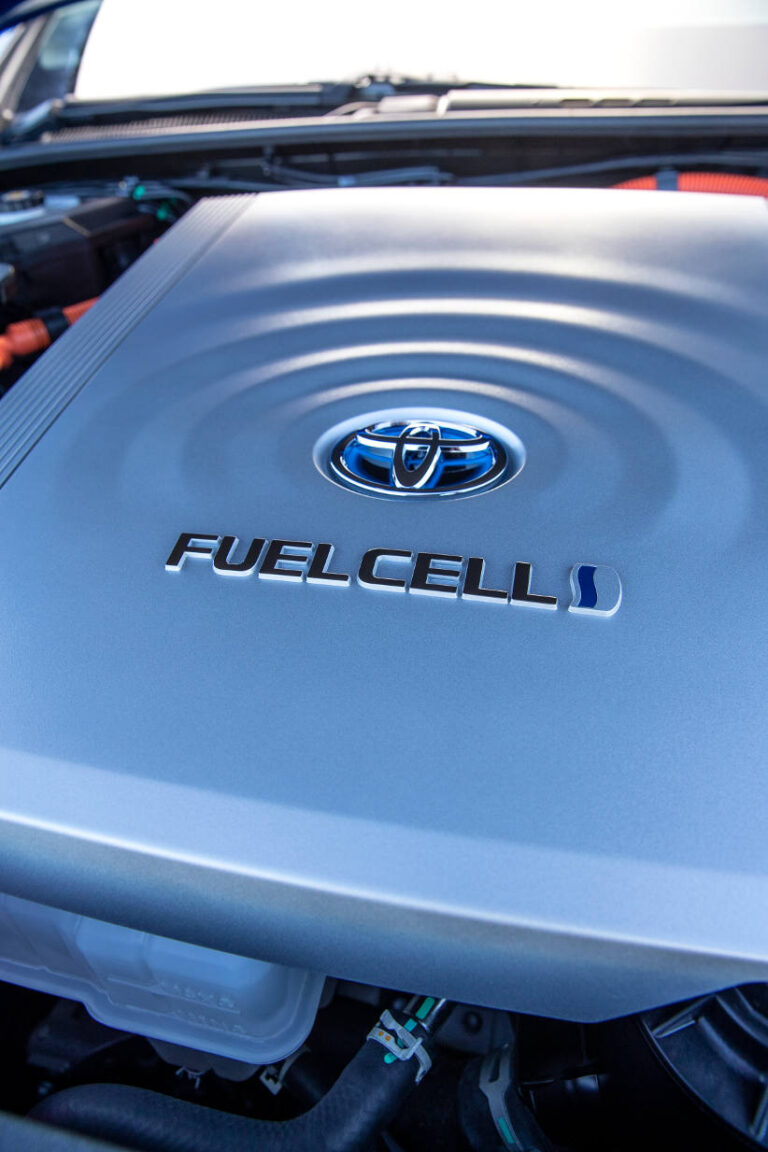With rising sales, an ever-growing range of vehicles on the market, and those prices starting to fall, there’s no doubt that the EV revolution is on.
While the cocky self-confidence of EV sceptics is now starting to wear thin, there are still people convinced that EVs are just a passing fad, and that the future of motoring lies with hydrogen fuel cell vehicles. Just look at the advantages they say: hydrogen is plentiful and clean, it’s energy-dense, offers good range, and filling your tank takes mere minutes compared to recharging an EV. What’s not to like?
Well, quite a bit actually, because the barriers to hydrogen fuel cell vehicles are immense, and in the race for sustainable road transport solutions they’ve been slow to get out of the blocks, and it’s unlikely they’ll ever catch up.
So what are the problems confronting the technology?
Well, the first thing you need to understand is that hydrogen isn’t an energy source, it’s an energy store. It takes energy to make hydrogen, and lots of it, in processes like steam methane reforming, or electrolysis. And while producing green hydrogen using renewable energy is a very real possibility, most hydrogen today comes from fossil fuels, and only adds to greenhouse gas emissions.
Whichever way you look at it, hydrogen isn’t energy efficient, and that inefficiency just gets worse when it comes to storing and transporting it. Hydrogen needs high pressures and very cold conditions, and that requires still more energy. From an energy efficiency perspective hydrogen just doesn’t make sense. Even if it’s sourced entirely from renewable energy, much of that energy is lost by converting electricity to hydrogen, which is then transformed back into electricity to power the vehicle. Compare that to the efficiency of simply recharging your vehicle directly from a renewable source, then using it to drive away. There are energy losses all along the way with hydrogen fuel cells.
Then there’s the challenge of building all that infrastructure. Hydrogen refueling stations are difficult and expensive to build, and we’d need to build a lot of them quickly should hydrogen cars become commonplace. That lack of fueling options is a huge barrier to widespread adoption, and the “chicken or the egg” conundrum is immense. Why would you buy a hydrogen fuel cell car when the filling stations are so few and far between? And why would you build an expensive hydrogen station when hardly anyone’s buying hydrogen fuel cell vehicles because of that?
By contrast, electricity is everywhere. “Refueling” an EV can be as simple as plugging it in at home and taking advantage of the solar panels on your roof, and charging your car for nothing. Hydrogen will never be as cheap as that. Indeed, it’s hard to see green hydrogen ever being price competitive with renewable electricity because of the cost of converting it into hydrogen, then transporting it.
Hydrogen fuel cell vehicles won’t be cheap, either, because the technology is complex and expensive to make. The Hyundai Nexo, which is not currently available here, costs the equivalent of $84,000 in Korea. Then there’s the H2X Warrego ute, which starts from a mere $189,000, and tops out at an eye-watering $250,000 for the top spec model.
So, are hydrogen fuel cells a technological dead end when it comes to transport? Are they in fact “fool cells” as Elon Musk famously labelled them? Well perhaps not entirely, because despite all those challenges they may yet have a role to play in long haul trucks and heavy-duty vehicles. But right now, the most promising application for hydrogen seems to be in shipping, trains and aircraft. Cars? Forget it.






